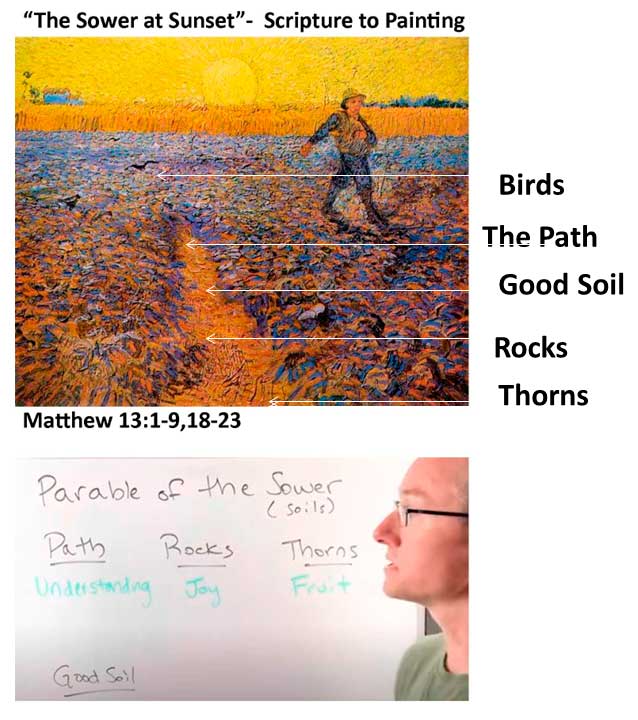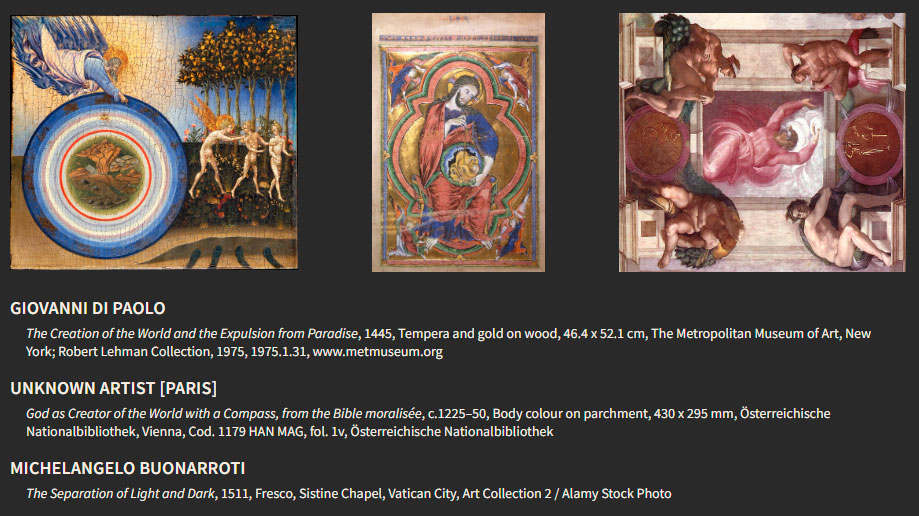
In this last Sunday in Lent, Lent 5, March 26, 2023 we have the Gospel story of Lazarus. The story of Lazarus takes place in the town of Bethany, not far from Jerusalem. Lazarus and his two sisters, Mary and Martha, were close friends of Jesus. After Lazarus falls ill, the sisters send word to Jesus, asking for his help.
When Jesus arrives in Bethany, he learns that Lazarus is dead and has been in his tomb for four days. (The King James version is graphic – “Jesus said, Take ye away the stone. Martha, the sister of him that was dead, saith unto him, Lord, by this time he stinketh: for he hath been dead four days.” Jesus enters the tomb and performs a miracle, raising Lazarus from the dead. It was witnessed by Lazarus’s sister Martha.
The central message in the story is contained in Jesus’s words to Lazarus’s sister Mary when He says:“I am the resurrection and the life. The one who believes in me will live, even though they die; and whoever lives by believing in me will never die. Do you believe this?” (John 11:25)
This story is both the culmination of Lent and a transition to Holy Week. Jesus separated himself from the devil in Lent 1 and then engages with Nicodemus, the Women at the Well, the man born blind and now the community around Lazarus. These texts from John are about revelation–the revelation of who Jesus is, the one sent by God, the begotten God, whose offer of life is in his presence and not necessarily delayed until his death. It deals with social issues – Jesus working with the pharisee Nicodemus and the “foreign” woman (the Samaritan) with the Woman at the Well, counteracting the prejudice at the time against Samaritans. Jesus counters false belief that the man born blind was sinful because of his condition. Along the way, it deals with man’s constant temptations and limits vs. Jesus as the source of light and eternal life.
The story of Lazarus goes a step further in leading us forward. The story of the raising of Lazarus is important, as it clearly demonstrates that Jesus was no ordinary prophet. Jesus has power over life and death. It convinced many people that Jesus was the genuine Lord and Savior. The resurrection of Lazarus also foreshadows the death and resurrection of Christ. He has returned to Bethany to restore Lazarus to life, in full knowledge that he will pay with his own life. It set in motion the plot to kill Jesus by the Pharisees and chief priests who were envious of His charisma and supernatural talents.
Thus it offers a transition to Holy Week.
In the collage from left to right we have Van Gogh, Guercino, Rembrandt, Caravagio and Giotto from the 1300’s to the 1800’s
Here are depictions of this story through art






